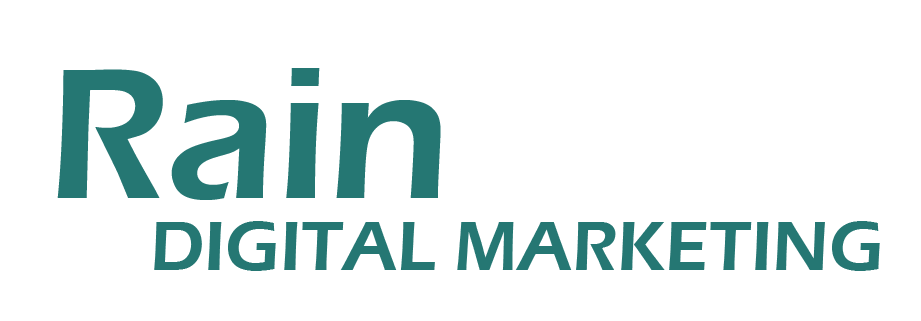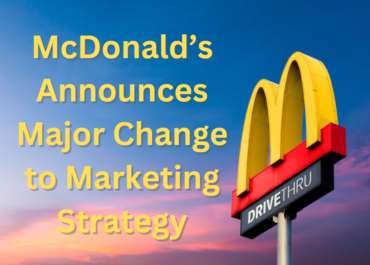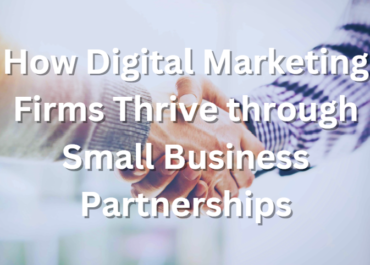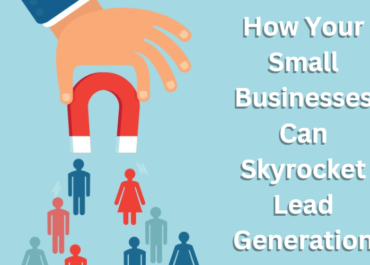Inbound Marketing: A Customer-Centric Approach to Business Growth

In the fast-paced world of digital marketing, businesses are constantly seeking innovative ways to attract and retain customers. One such approach that has gained significant traction over the past decade is method known as “inbound marketing”.
Unlike traditional outbound marketing tactics that focus on interrupting potential customers, inbound marketing takes a more customer-centric approach, drawing prospects in through valuable content and personalized experiences.
In this article, we’ll explore the concept of inbound marketing, its core principles, and its impact on modern businesses.
What is Inbound Marketing?
Inbound marketing is a methodology that aims to attract, engage, and delight customers by providing them with relevant, valuable, and informative content.
The key to success lies in creating content that addresses the specific needs and pain points of the target audience.
You see, rather than pushing advertisements onto people, inbound marketing seeks to pull them in naturally, positioning the business as a trusted advisor or solution provider.
To be successful, inbound marketing needs to follow a four-stage methodology known as the Inbound Marketing Flywheel. These stages are:
- Attract: The first step is to attract potential customers to your brand. This is achieved by producing high-quality and informative content in various forms, such as blog posts, videos, infographics, and social media posts. Search engine optimization (SEO) plays a vital role in attracting organic traffic to the company’s website.
- Engage: Once visitors land on the website, it’s essential to engage with them effectively. This involves providing additional valuable content, capturing their contact information through lead generation forms, and using personalized messaging to nurture the relationship.
- Delight: Keeping customers happy is crucial for long-term success. Delighting customers involves providing exceptional customer service, relevant offers, and ongoing valuable content to turn them into brand advocates and repeat customers.
- Repeat and Expand: Satisfied customers will refer others and continue their engagement with the brand, leading to a cycle of continuous growth. Word-of-mouth referrals and positive reviews are powerful tools in this stage.
By remembering and closely adhering to this checklist, you too can not only successfully implement an inbound marketing strategy, but begin to reap the benefits of this unique strategy.
The Role and Personalization of Content
In the body of inbound marketing, content is the backbone. It is through valuable and relevant content that businesses establish their expertise, build trust, and engage with their target audience.
Blog articles, eBooks, case studies, webinars, and social media posts are all effective forms of content used in inbound marketing strategies.
Inbound marketing can also be a great tool to emphasize personalization and delivering a tailored experience to customers.
By understanding your customer’s preferences, pain points, and behaviors, your business can create personalized content and offers that resonate with your individual customers.
This level of personalization works wonders to enhance customer satisfaction and loyalty.
Benefits of Inbound Marketing
Inbound marketing offers numerous advantages over traditional outbound marketing methods:
- Cost-effective: Inbound marketing is often more cost-effective than traditional advertising, especially in the long run. It focuses on organic and earned media, reducing the reliance on expensive paid advertising.
- Builds Trust: By providing valuable content and addressing customer needs, businesses can establish themselves as reliable and trustworthy sources of information.
- Higher Quality Leads: Inbound marketing attracts prospects who are genuinely interested in the product or service, leading to higher-quality leads and improved conversion rates.
- Long-term Strategy: While it may take time to see substantial results, inbound marketing builds a solid foundation for sustained growth and customer loyalty.
- Data-Driven Approach: Inbound marketing relies on data and analytics to understand customer behavior, allowing businesses to continuously optimize their strategies.
The Wrap Up
Inbound marketing has revolutionized the way businesses attract and engage with customers.
By shifting the focus from intrusive advertising to providing valuable content and personalized experiences, businesses can build long-lasting relationships and foster brand loyalty.
As the digital landscape continues to evolve, inbound marketing will remain a crucial strategy for businesses seeking sustainable growth in a customer-centric world.
P.S. If you’d like to explore more new and exciting ways you could let the world know about your business, then Rain Digital wants to hear from you!
Our team’s years of marketing experience are here to help your business transform into the success story you know it can be!





